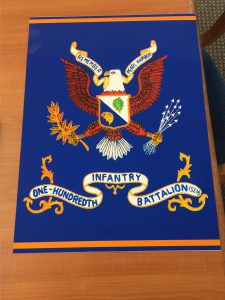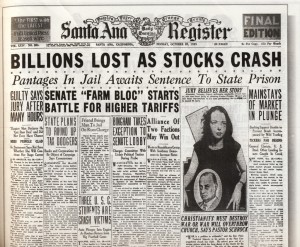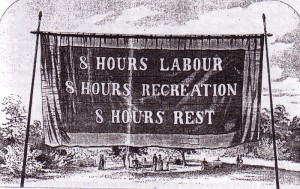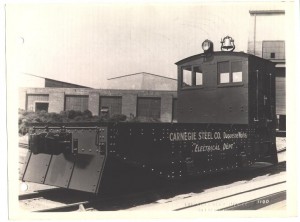Intro: Overview, Attendance, Agenda, Introduce Essential Question, Objectives, Standards
Enduring Understanding: Countries are affected by their relationship with each other.
Essential Questions: How does military conflict divide people within cultures?
Should citizens support the government during wartime?
Objectives:
—how the United States became involved in Vietnamʻs conflict with France.
—how the United States increased its influence in the conflict during the Kennedy and Johnson administrations.
—why the United States military could not quickly defeat the Vietnamese forces.
—the problems that the Vietnam War caused at home.
—why 1968 was such an important year during this era.
—the steps President Nixon took to end the conflict in Vietnam.
—the important impact the Vietnam War had on American culture and politics.
Standards:
…Culture (#6, 9)
…Time, Continuity and Change (#2, 5, 8)
…People, Places and Environments (#1, 2)
…Individuals, Groups and Institutions (#5)
…Power, Authority and Governance (#5)
…Science, Technology and Society (#2)
…Global Connections (#4)
Newsela Quiz
The Vietnam War
—Complete VVW_A Brief History_Handout (3)
—View video Ordinary Americans
—Complete VW_Who’s Who_Handout (3)






